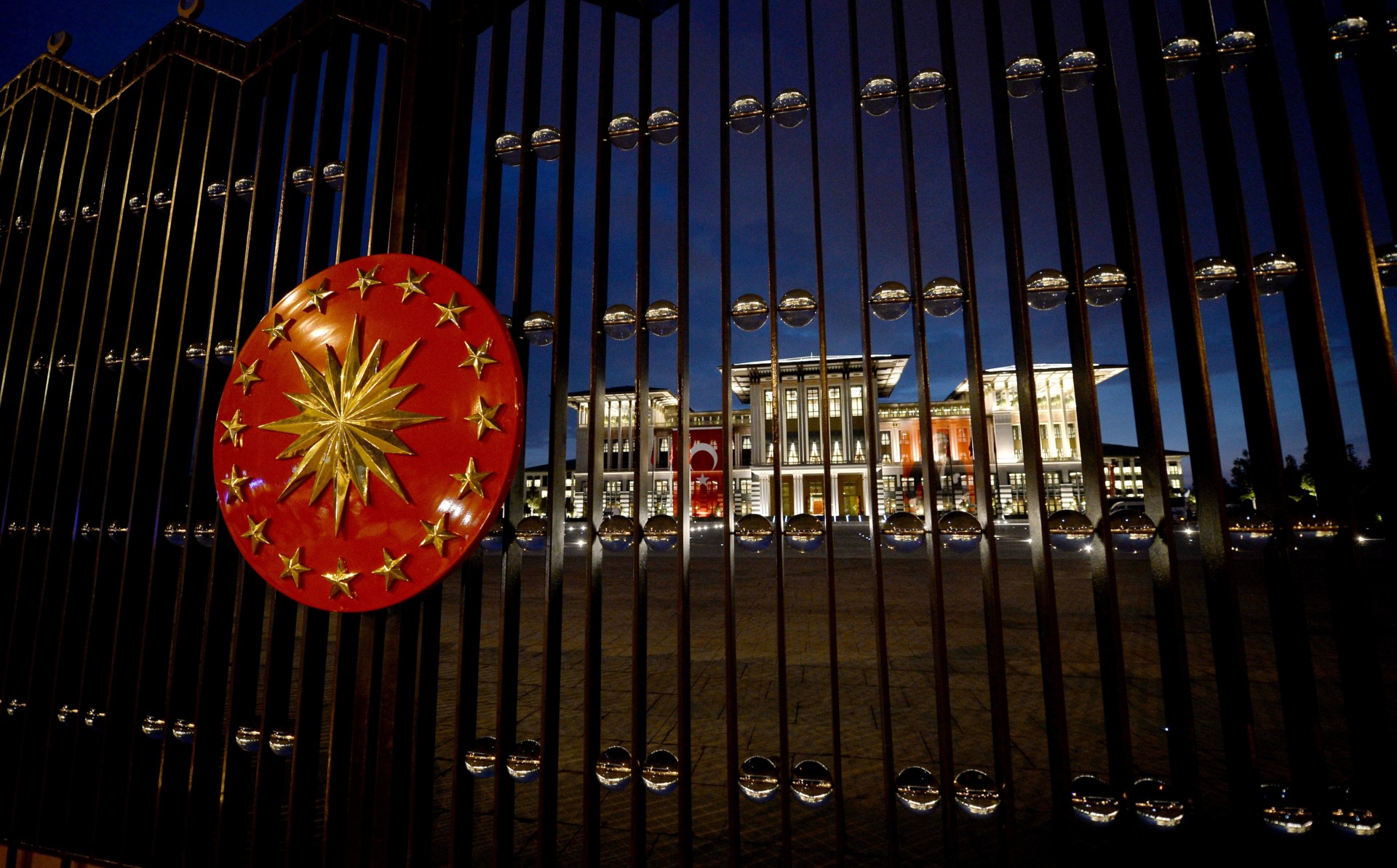Indeed, Pseudo-Turkology has even been adopted in some countries that are not Turkic at all. In no case is this as clear as in Hungary — the latest country to become an observer to the Turkic Council.
There is no contemporary debate in mainstream academia as to whether Hungarian is a Turkic language. Although the theory was proposed in the 19th century, the debate was largely settled in the 20th century when Hungarian’s Finno-Ugric origin was proven decisively. Then, like today, the association of Hungary with Turkic countries is accompanied by the anti-Western and pan-Turkist ideology of Hungarian Turanism.
Turanism, taking its name from an old-fashioned way of describing Central Asia, the heart of the Eurasian Steppe, is a pan-nationalist ideology that seeks close cooperation between “Altaic” peoples. The “Altaic” language group was essentially a 19th-century dumping ground for languages that European linguists did not know how to classify, including Hungarian and Turkic, and even Mongolian, Japanese, and Korean. Many Hungarian intellectuals believed the connection was real, however, and developed the idea into the anti-Western and fervently nationalist political ideology of Hungarian Turanism.
As with Pseudo-Turkology, Hungarian Turanism is also backed up by theories about Hungarians being Scythians and involved in all sorts of major historical events stretching back millennia. For the past decade, the far-right and officially Turanist party Jobbik has flourished in Hungary, winning around 20% of the vote in the last three elections. One of its key electoral pledges in 2010 was the establishment of a new research institute that would prove the “truth concerning the ancient roots of the nation” — an attempt to have the state elevate Turanism to the level of official ideology.
Not to be outdone, Prime Minister Viktor Orban and his nationalist government have taken their own Turanist shift. On a visit to Kazakhstan in 2013, the hegemonic Hungarian leader declared: “We are equal in political terms in the European Union, but genealogically we are different. When we go to Brussels, we do not have any relatives there. But when we come to Kazakhstan, we have close people here.” The same year that Hungary became an observer to the Turkic Council, the speaker of the Hungarian Parliament, László Kövér, gave the opening address at the Parliamentary Assembly of Turkic-Speaking Countries, proudly declaring: “Our Turkic brothers have accepted us as one of them.”
At a meeting of the Hungarian Turan Foundation, Orban publicly endorsed the notion that Hungarians are “Kipchak Turks” and descendants of Attila the Hun (confusingly, Attila’s Huns are not the same people as modern Hungarians).



